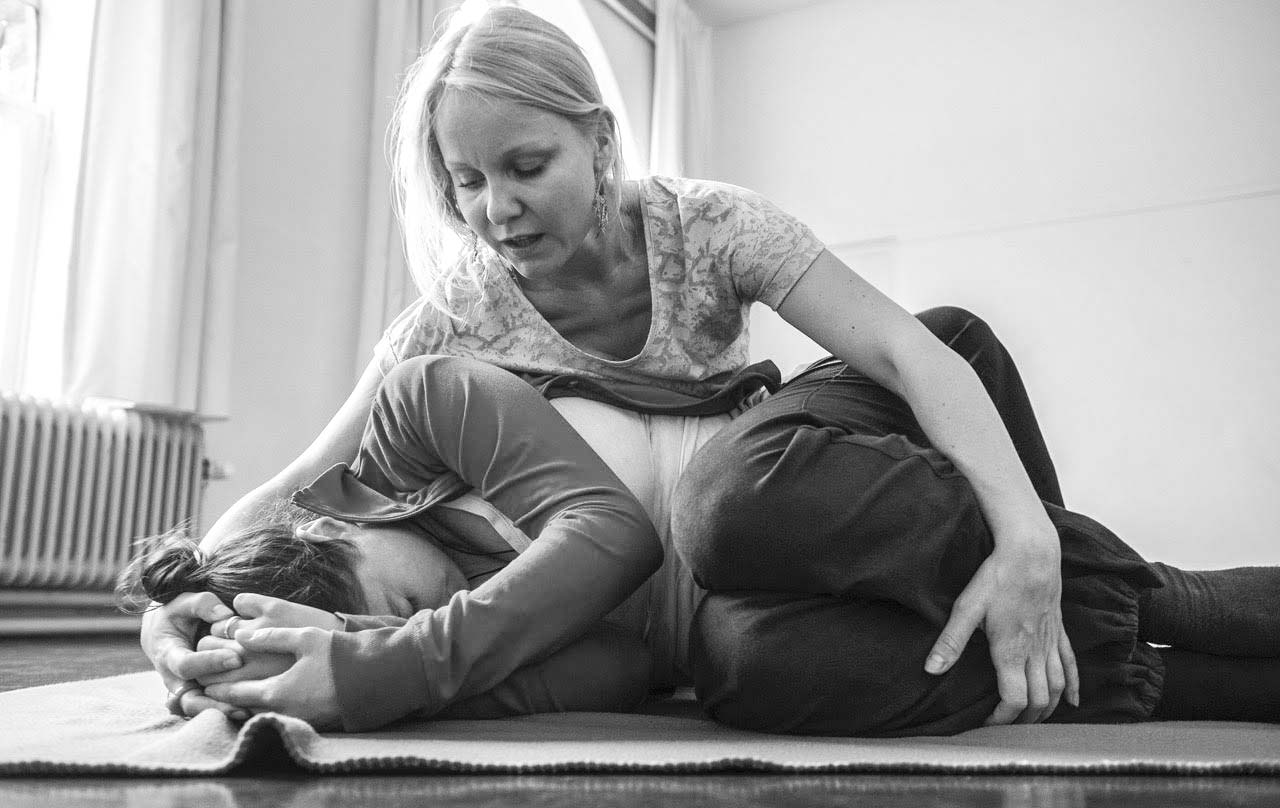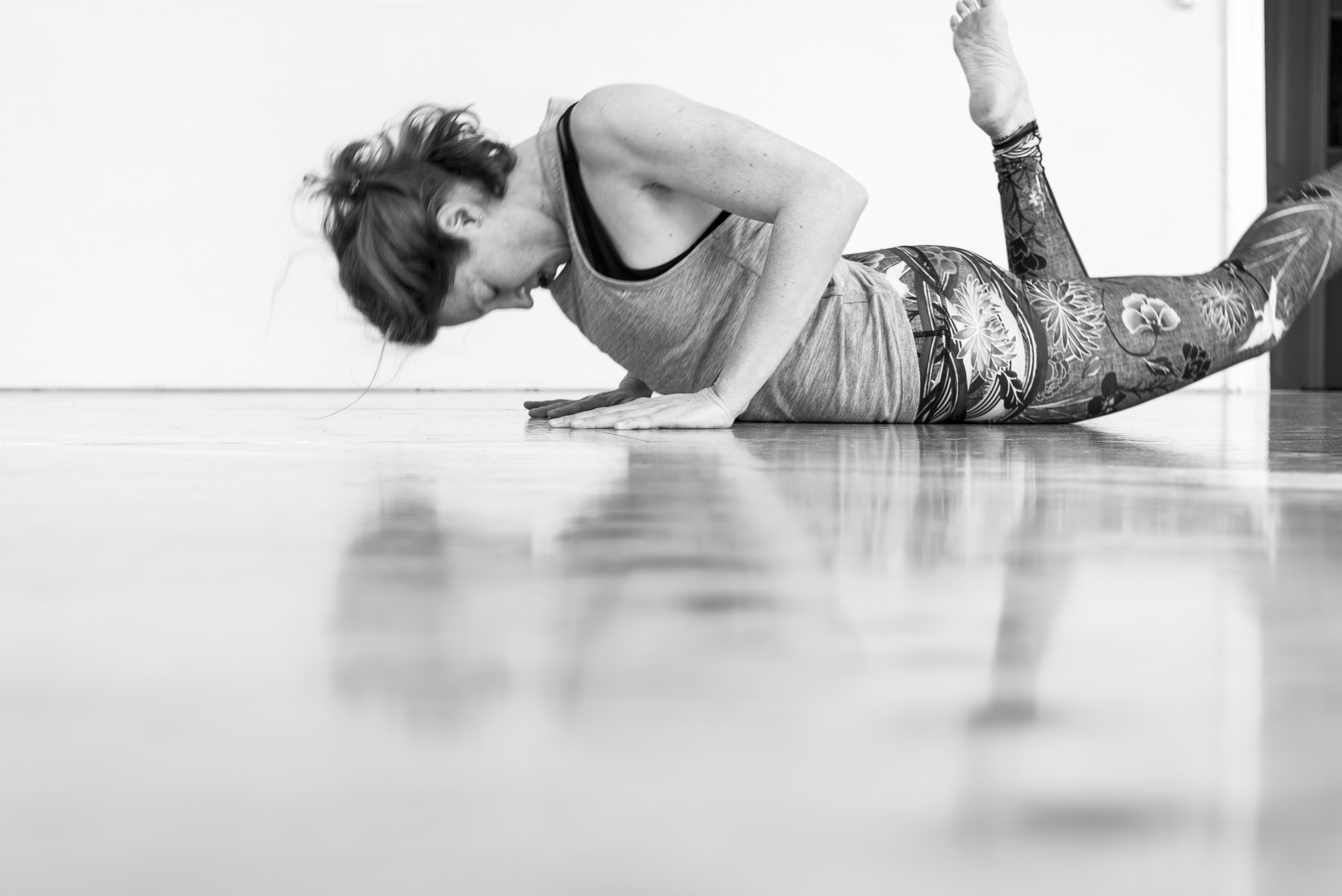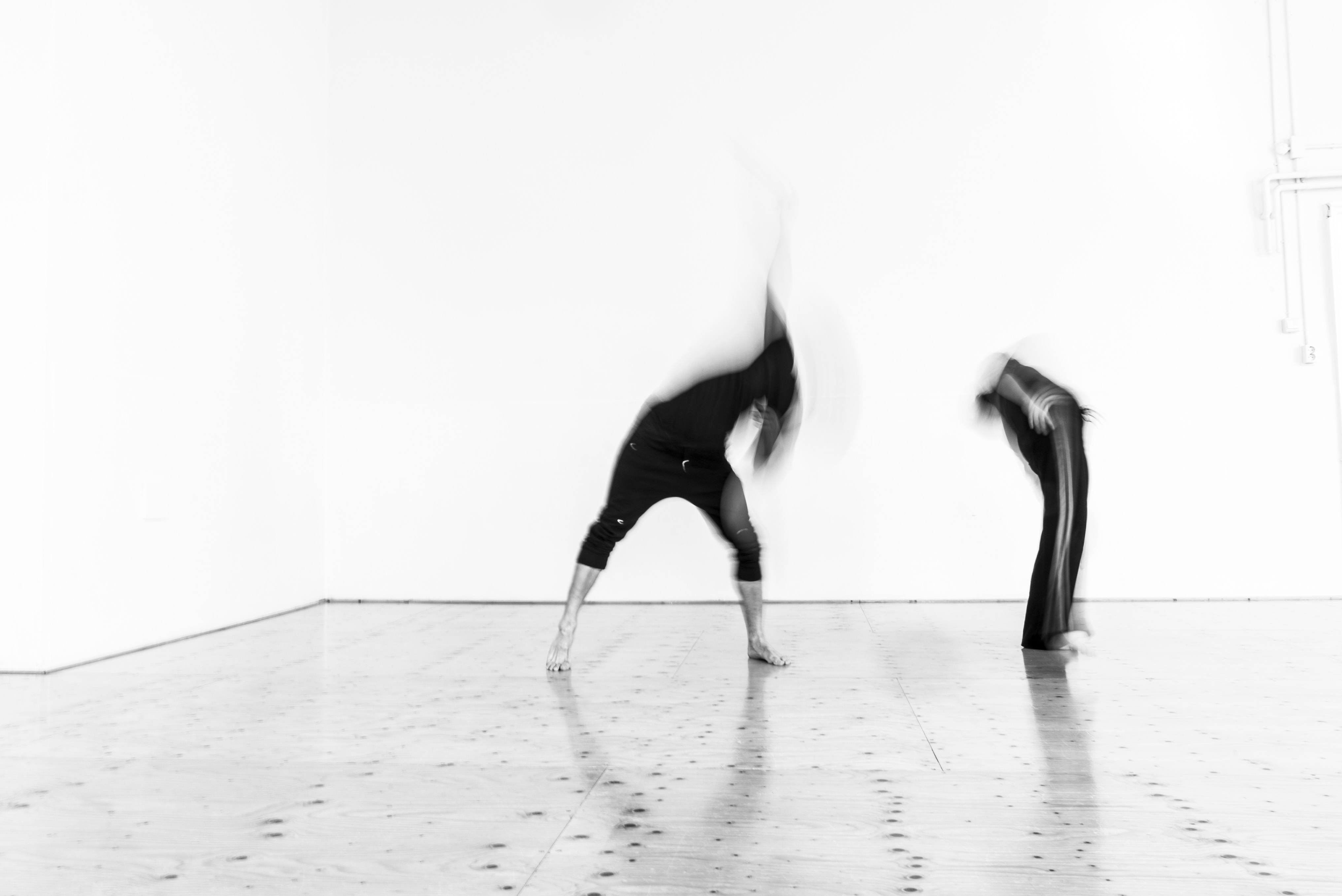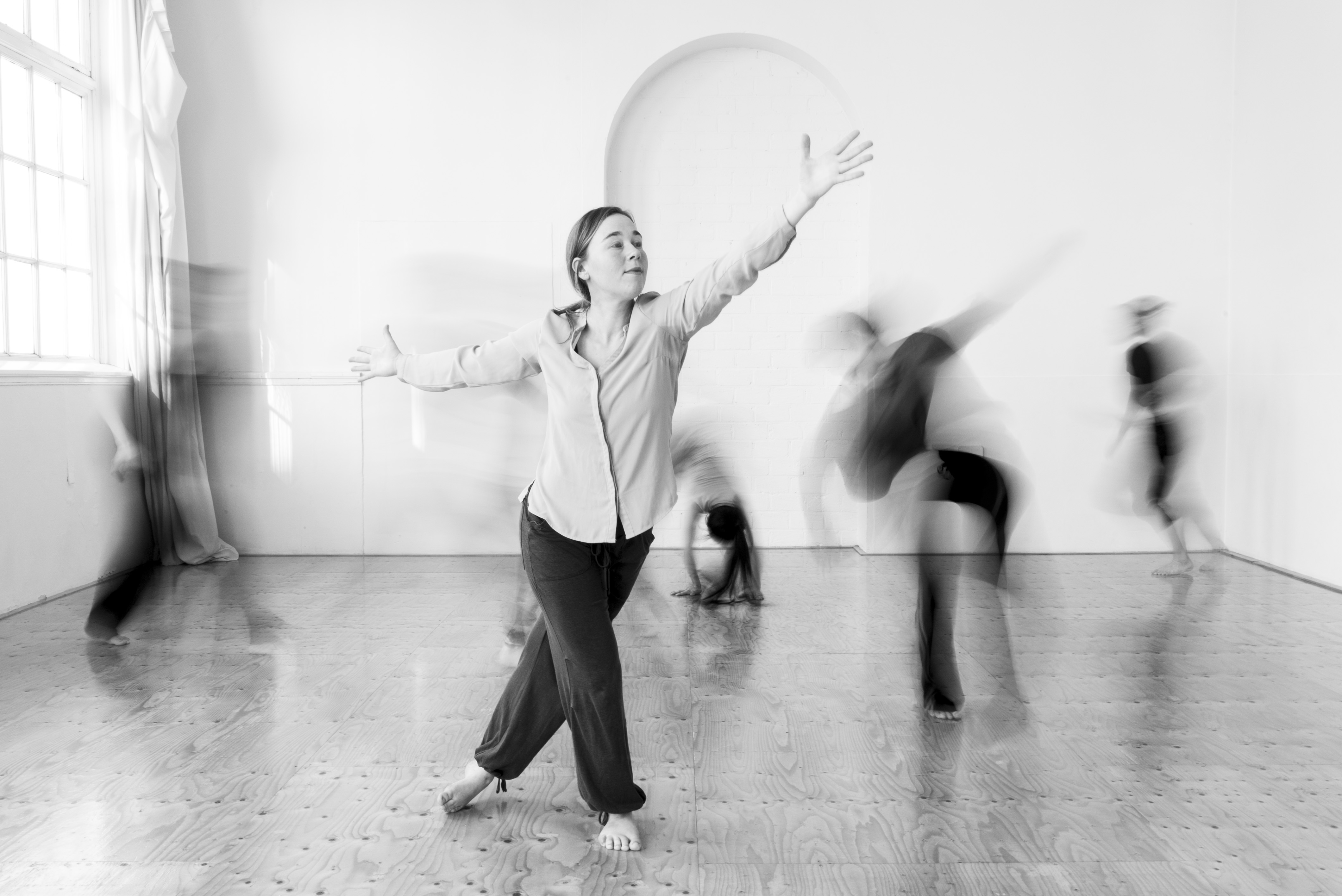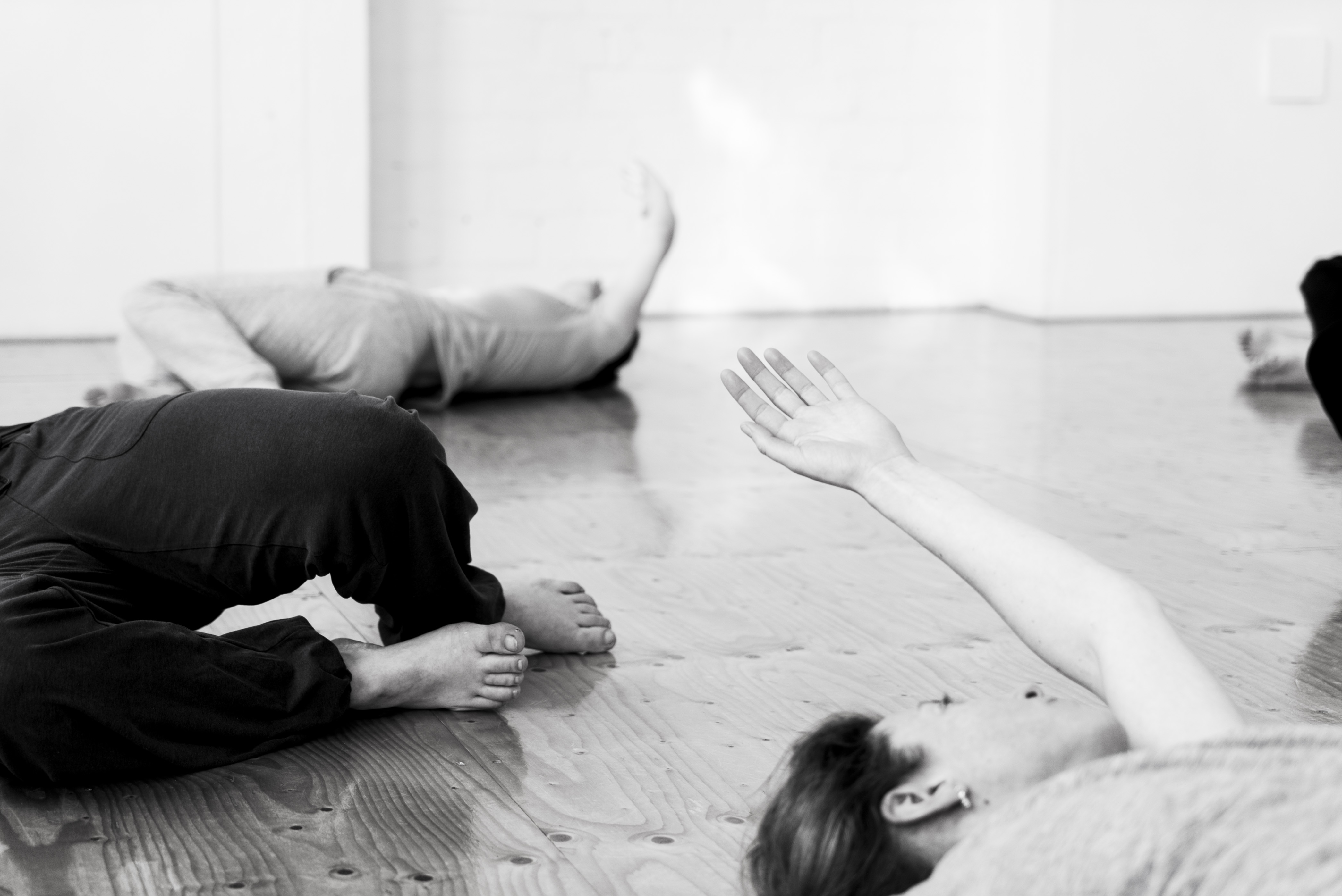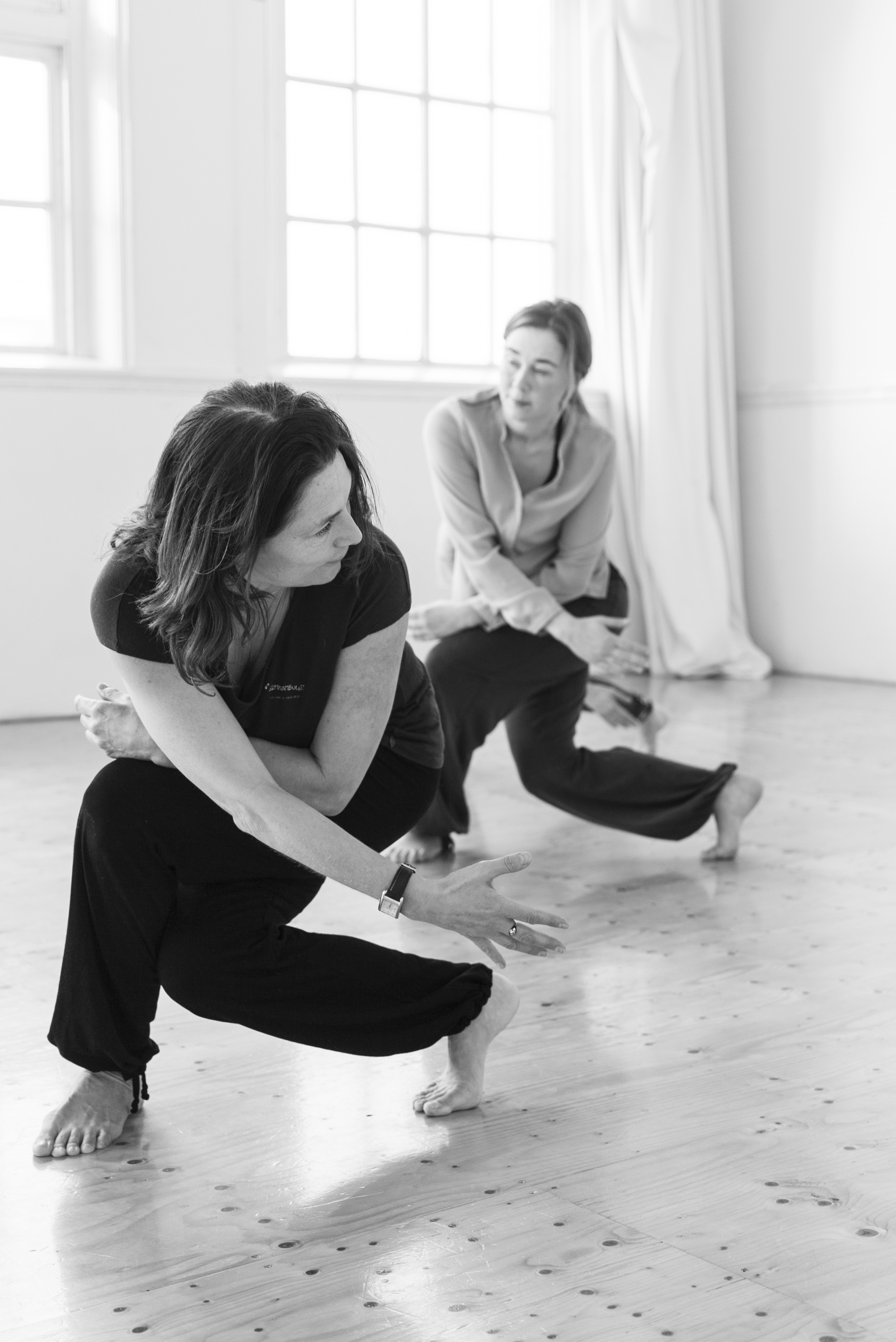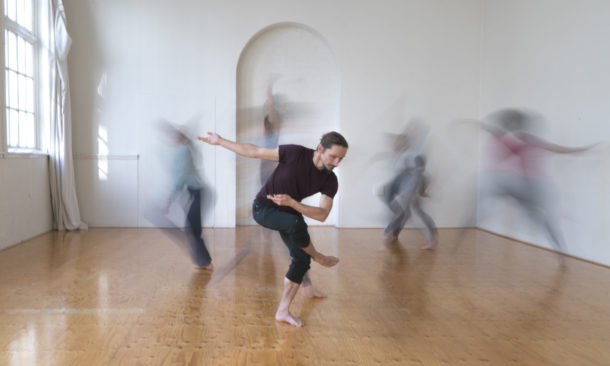EMOVE
General Information
The Laban Bartenieff Movement System (LBMS) is a comprehensive system used in understanding multiple aspects of the patterns of human movement. Its methodology incorporates a theoretical framework and clearly delineated language for describing movement. The system is used to identify, record and interpret both macro and micro patterns of human movement. As a system of movement analysis, LBMS is unique, as it identifies and codifies both the qualitative as well as quantitative aspects of movement. In other words, the system takes into account both functional as well as expressive content of actions. The system is also capable of identifying and differentiating what are universal patterns common to all humans, to group patterns, including culturally relevant patterns, and patterns that identify unique characteristics of an individual. LBMS looks at the what, the where the how and why of action. It also addresses phrasing and rhythms of movement within its situational context.
Human movement is generally examined in highly specialized contexts and not well understood as a larger body of knowledge. Examples of this would be the anatomical actions of joints in the language of kinesiology or the specialized movement vocabulary of sports or dance techniques. However, the phenomenon of human movement itself is our primary extension system and the basis of human comprehension and understanding. Our perceptions and experience of our moving bodies is the foundation of all subsequent extension systems we humans create including language and tools. Perception is embodied, experience is embodied, knowing is embodied. LBMS provides the framework delineating this foundational body of knowledge.
While the concept of multiple intelligences is now widely understood, and accepted as specific ways of knowing or specific consciousnesses, human movement, which is linked to kinesthetic knowing, is not generally acknowledged as the basis or root of all the other ways of knowing. However, the growing evidence to support this through the recent developments in neuroscience, will hopefully lead to further understanding of the “body” of knowledge that is in fact body based.
Human movement is a multi-layered phenomenon including relational aspects of the mover to themselves and to their environment supported by body organization and the nuance of subtle shifts in dynamics. This is why many versions of “body language” are so incapable of unpacking the precision and subtlety of our primary mode of communication and expression. LBMS addresses the combinations of variables which account for why the same gesture or same action can be interpreted in one case as, powerful and assertive, while in another, as lacking in authenticity.
The Laban/Bartenieff Movement System breaks down human movement into four primary components: Body, Effort Shape and Space. These components are broadly linked to the what, where, how and why of action/behavior. Each of these components can be individually identified but all are also understood to be contextually interwoven and that the relational aspects of these components are critical to unpacking the meaningfulness of movement patterns.
Body
In LBMS the “what” of movement is the Body component. Body describes how the body is organized and what is emphasized. For example, upper body initiation vs. lower body initiation for a specific action sequence. The Body component is used to describe how body parts relate to, or connect to each other. Do all the parts move simultaneously or does movement flow through adjacent body parts like a succession of dominoes falling one after another? The Body component also assesses motivation/intention and familiar expressions where we use the metaphoric references to actions or reactions as, coming from the “head” or from the “guts” illustrate this aspect of Body.
Effort
This component tells us “how” a movement is performed, that is the energetic dynamics of an action. The dynamics are the qualitative aspects of the movement. Dynamics give the “feel”, “texture” “tone” or “color” of the movement and the dynamics are a key to the mover’s attitude, their inner intent and how the mover exerts and organizes their energy. This includes how the mover uses their weight and its force (the Weight Effort Factor), how and whether they are attending to their surroundings (the Space Effort Factor), what is their attitude towards the passing of time (the Time Effort Factor as urgent – condensing the time, or lingering – stretching out time). Effort reveals also how or if the mover is attending to their environment and to the relative control or release of the ongoing energy stream of movement used in any action (the Flow Effort Factor).
Shape
This component addresses how the mover’s changing form relates to themselves and/or to their environment. The Shape Flow of movement can be seen in the adjustments and actions of attending to oneself – shifting weight, repositioning, and actions of self touch such as rubbing one’s hands together. The mover also uses the form of their shape in order to bridge to their environment as they reach, point, or push (Directional Movement Mode). Movers may also accommodate their form to the form of something or someone, drawing on the ability to mold and adapt their form in a mutual relationship (the Shaping Mode). Shape indicates aspects of object relationship and the locus of control. Shape conveys information about the ongoing connection between the mover’s inner and outer worlds.
Space
Space references the overall environment as well as the movers personal space (kinesphere). Space looks at such distinctions as direction, level, pathways, tensions and counter tensions of actions. Space reveals the trajectories and inclinations of paths of action. To gain more understanding, experience and harmonic space awareness, scales in Plato Solids (Octahedron, Icosahedron, Cube, …) are practiced, as musicians practice musical scales.

